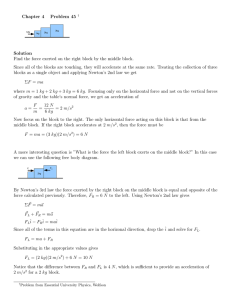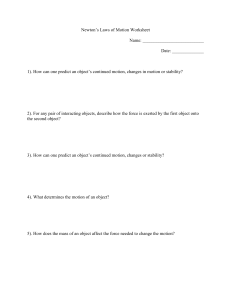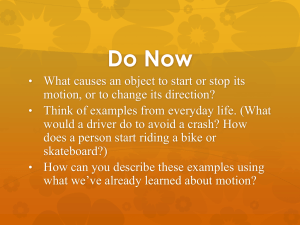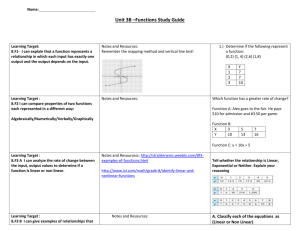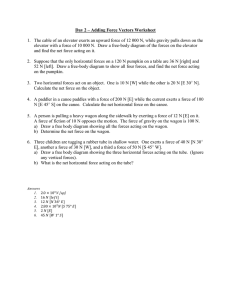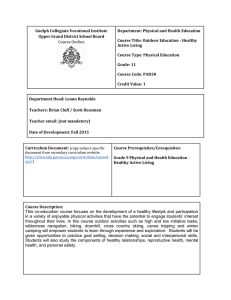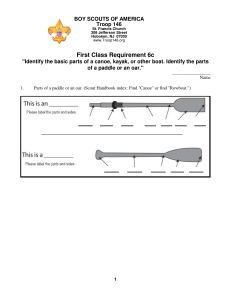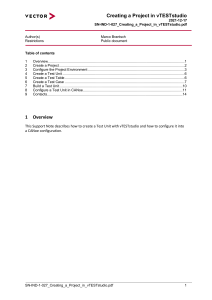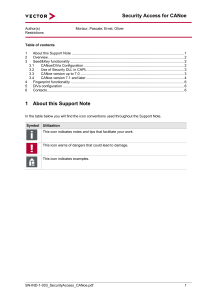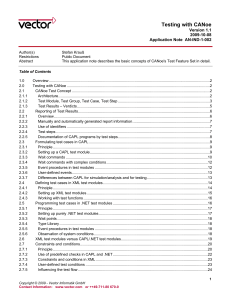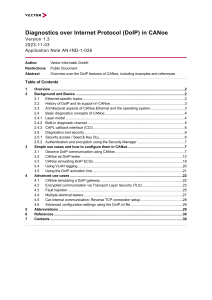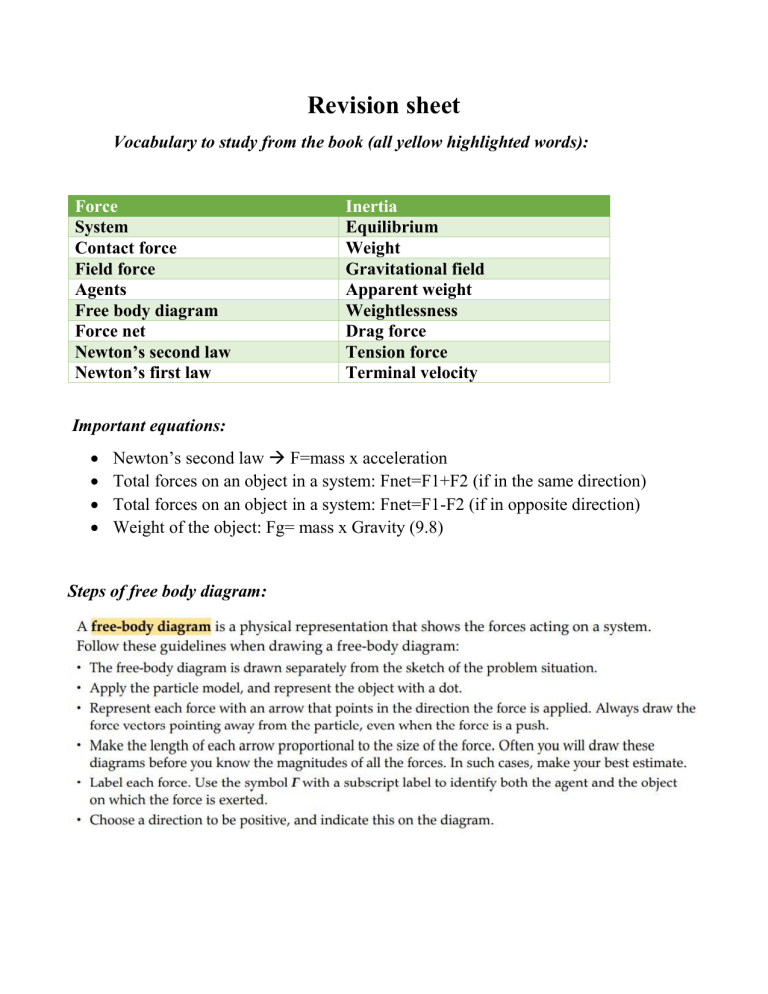
Revision sheet Vocabulary to study from the book (all yellow highlighted words): Force System Contact force Field force Agents Free body diagram Force net Newton’s second law Newton’s first law Inertia Equilibrium Weight Gravitational field Apparent weight Weightlessness Drag force Tension force Terminal velocity Important equations: Newton’s second law F=mass x acceleration Total forces on an object in a system: Fnet=F1+F2 (if in the same direction) Total forces on an object in a system: Fnet=F1-F2 (if in opposite direction) Weight of the object: Fg= mass x Gravity (9.8) Steps of free body diagram: Steps to solve any free body problem: Practice problems: 1) A skydiver falls downward through the air at constant velocity. (The air exerts an upward force on the person.) 2) Two horizontal forces, 225 N and 165 N, are exerted on a canoe. If these forces are applied in the same direction, find the net horizontal force on the canoe. 3) If the same two forces as in the previous problem are exerted on the canoe in opposite directions, what is the net horizontal force on the canoe? Be sure to indicate the direction of the net force. 4) Draw a free-body diagram of a bag of sugar being lifted by your hand at an increasing speed. Specifically identify the system. Use subscripts to label all forces with their agents. Remember to make the arrows the correct lengths. 5) You place a 22.50-kg television on a spring scale. If the scale reads 235.2 N, what is the gravitational field? 6) You are riding in an elevator holding a spring scale with a 1-kg mass suspended from it. You look at the scale and see that it reads 9.3 N. What does this tell you about the elevator’s motion?

